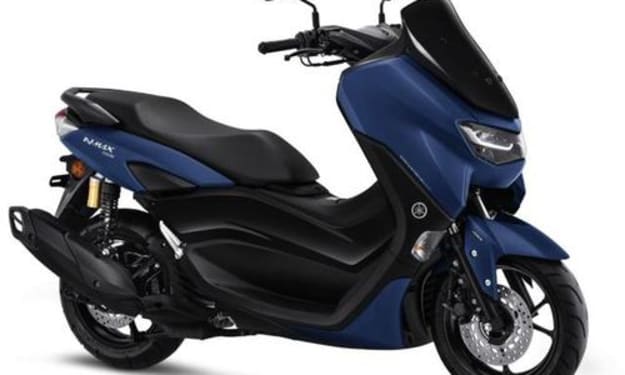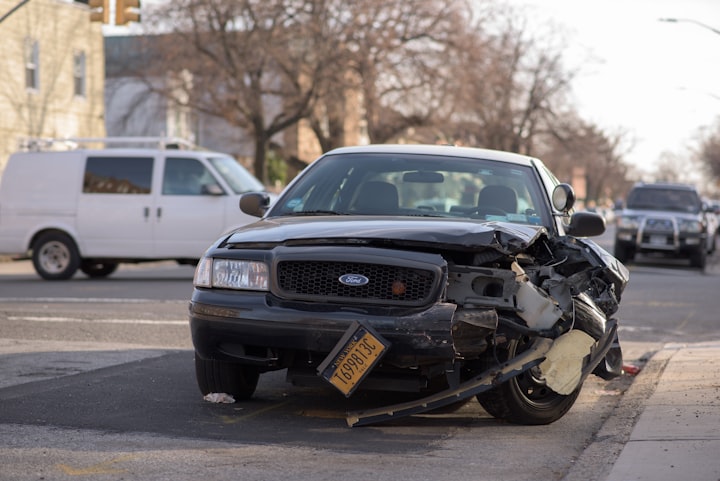Honda S660: farewell should be honourable
feelings never change

Honda announced on March 12, 2021 that it will discontinue production of its K-Car S660 sports Car in March next year. The highly niche S660 failed to shake off a sales slump last year, selling just 2,747 units.
Farewell should be honourable, and Honda is offering the final 'farewell' for the S660 in honor of a niche but classic model. The Honda S660 Modulo X Edition Z, where the Z stands for Ultimate, has been modified by Modulo, the Imperial Modifying Division. In terms of power, it is still a 0.66t three-cylinder engine with a maximum power of 64hp (47kW), matched with a 6MT transmission. The farewell model starts at 3,150,400 yen
The suspension of the Honda S660 not only marks the end of the seven-year run of the two-seater sports car, launched in 2015, but also marks the end of the 30-year journey from Heisei to Ringho. The dream of a generation of sports cars may have come to say goodbye.
K-CAR standards in Japan: issued after the war and updated several times
After World War II, the Japanese people could not afford a car, and those who could afford a motorcycle were considered rich and expensive. To promote the development of the automobile industry, the government decided it would be better to develop small cars first. In 1949, Japan formulated the Kei-Car standard, the length and width of which were respectively limited to 2.8 meters, 1 meter and 2 meters, and the displacement was only 0.15L.
In 1950, with the improvement of living standards and consumer demand, the maximum displacement was limited to 0.36L, the body was also enlarged, and the Kei-car, which could solve travel problems at a low price, gained popularity among the public. In 1990, Japan's Ministry of International Trade and Industry decided to develop a larger national Car. The Kei-car began to be diversified, covering cars, MPVs, sports cars and trucks. The maximum displacement was also increased to 0.66L (Honda S660 has a 660cc engine), and the horsepower could not exceed 64.

In the late 1980s and early 1990s, the Japanese economy was in the last crazy period before the bursting of the bubble. The rapid development of the economy made many young people have the desire and demand to buy cars, and the K-Car encouraged by the Japanese government's policies naturally became their first choice. Japanese CAR makers combined the concept of the K-car with the concept of a sports CAR in response to the needs of young consumers, and Americans on the other side of the Pacific gave the CAR a nickname: Pocket Rocket. Mazda's AZ-1, honda Beat and Suzuki's Cappuccino are classic works that cannot be copied at that time. Since they were all born in the Heisei years after Emperor Akihito ascended the throne of Japan, and the beginning letters of the models are ABC respectively, they are generally referred to as "Heisei ABC".
After the production of Heisei ABC for several years, Daihatsu Copen finally renewed the popularity of the K-car sports CAR segment. When Daihatsu unveiled the Copen concept car at the 1999 Tokyo Motor Show, it was expected that such a concept would go nowhere like many others, only to be greeted with an enthusiastic response. With the recognition of consumers, the factory also had confidence, and finally in 2002, the factory officially put Copen into mass production. After nearly a decade, the K-car market in Japan finally ushered in the figure of sports CAR in the dull van group.
S660's predecessor: Honda Beat
Back to today's main character, the S660, the predecessor of the Beat was the last model under the supervision of Honda founder Soichiro Honda, the appearance of the famous Italian designer Sergio Pininfarina created. From May 1991 to February 1996, Honda Beat produced 33,600 units, nearly two-thirds of which were sold in the first year before sales continued to slow as the Asian economic crisis continued to affect sales.
The Honda Beat is powered by an inline three-cylinder SOHC single-overhead camshaft 12-valve engine, codenamed E07A, with 64 horsepower and 60 Nm of peak torque. The conventional system is equipped with a 5-speed manual transmission. The E07A uses the MTREC Multi-Throttle Response Engine Control (also known as Multi-Throttle Direct Injection) technology derived from Honda motorcycles. Each cylinder has a separate throttle to control its air-fuel ratio, improving cylinder intake efficiency as well as throttle sensitivity. The engine also behaves like a motorbike, with maximum horsepower generated at 8,000 RPM, peak torque at 7100rpm, red zone at 8500rpm, and even 10,000 RPM at the bottom. This kind of higher turn more fierce character and the same factory equipped with VTEC technology model is exactly the same.
After discontinuing production in 1996, BEAT has no cars. Seventeen years later, Honda finally unveiled the BEAT successor Concept, the S660 Concept, at the 2013 Tokyo Motor Show. Although the design still has concept hyperbole, the overall finish is quite high. On the exterior design, the S660 Concept also adopts the new generation Honda family front, the body adopts a large number of straight lines, creating a rather tough style on the small body. The two "back ridges" on the rear hatch and the black anti-roll frame make the S660 Concept even more competitive.
On March 30, 2015, Honda S660 mass production version was officially released in Japan. In 2016, the re-launched S660 achieved a sales volume of 10,298 units.





Comments
There are no comments for this story
Be the first to respond and start the conversation.